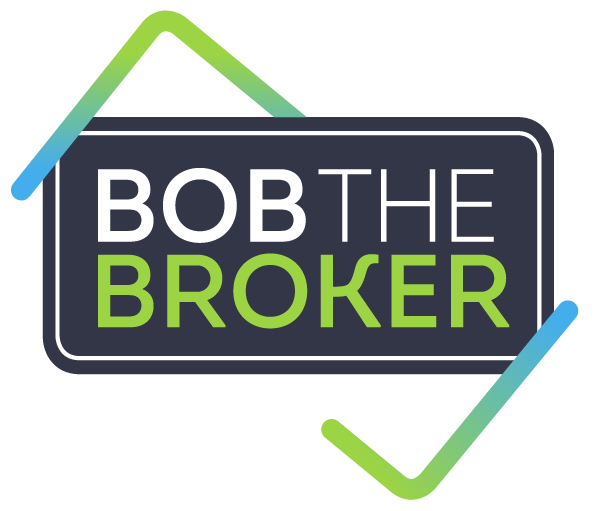Understanding When and Why to Use Interest Only Loans
With the common goal for most Aussies to own their own home, home loan repayments in Australia are mostly designed to pay off both the principal and the interest (P&I loan). However, some lenders do allow homeowners the option of just paying the interest amount only.
When we talk about loans, there are two components we are required to repay:
1. the principal (loan amount owing)
2. the interest (rate set by the lender charged on the principal amount)
As the term suggests, when you have an Interest Only (IO) loan, you only pay the interest amount on the loan during the interest-only period. Your debt (loan) will not reduce during this time.
Also, when you have an IO loan, as you are not paying down any part of the principal, your repayments will be lower compared to a P&l loan.
The idea of paying interest only (and subsequently lower monthly repayments) sounds appealing. However, lenders who offer this facility typically do so on a short-term basis (typically up to a maximum of the first five years) with the view that at the end of the term you will move to a principal and interest model for the balance of the loan period.
Why would you use an IO facility and NOT pay off your mortgage debt?
Generally, if you’re a first home buyer or looking to refinance your existing home, you will need to demonstrate good reason for wishing to utilise an IO loan. These reasons generally centre around the need to provide some financial relief and can include:
Changes in circumstances – Paternity leave, loss of income or change in financial circumstances. When life happens sometimes you need financial relief. By converting your home loan to interest only for a period of time, you will have lower repayments to allow financial relief during unusual circumstances.
Debt repayment strategy – If you have a large amount of personal debt on very high interest rates, by switching your home loan to pay interest only, it will allow you additional cash to pay off other debt or save more for other items.
Planned future investment – If your home is going to become an investment property in the future, it may make sense to not pay down the principal. Instead you can put the principal repayments into an offset account to achieve the same outcome as a P&I loan, however, when you move out and become a landlord with tenants, the loan purpose and subsequent interest is considered as a 100% investment, and then becomes tax deductable. The principal in the offset account can be used as a deposit for your new home.
Investors love interest only loans mainly because they can claim tax deductibility on the interest.
Why do property investors typically utilize an IO loan?
There are a few determining factors, however the main one is when you currently have an existing home loan.
As you are aware, the interest on your home loan is not tax deductible, while the interest on your investment property is.
So it typically makes sense to maximise your financial position by paying off your home loan before you pay off your investment loan.
If you have an IO loan on your investment property, the money that you would otherwise be paying towards the principal repayments can be utilised to pay down your home loan instead.
In this scenario, you would be retaining the balance on your investment loan (and deductible interest payments), allowing your home loan to reduce at a faster rate.
Contact us for our financial example to demonstrate how this strategy works financially.
“This strategy may not be for everyone and there are some considerations.”
Interest-only must come to an end
Generally, a lender will only allow an initial period of up to five years maximum as interest only. After this the loan will default to principal and interest. At this time, the repayments on the loan will be higher than they would have been if the loan was initially taken out with principal repayments. This is because principal repayments will be calculated over say the remaining 25 years versus the entire initial loan term of 30 years.
Interest rates
Some lenders may also charge slightly higher interest rates on IO loans than P&I loans.
In general…
If you are looking to buy your first home or refinance your existing home, you will need to demonstrate good reasons for wishing to utilise an IO loan. IO loans are more generally utilised by investors or under special circumstances for existing owner occupiers when they require some financial relief.
As with all strategies, there are pros and cons with each and these need to be weighed up against your personal financial objectives.
Reduced borrowing power
When assessing an IO loan, a lender will utilise the higher principal and interest repayments required to be made in the sixth year when calculating the amount to be borrowed. As these repayments are higher than those on a P&I loan, the increased servicing requirements mean that you will not be able to borrow the same amount if you were applying for a P&I loan.
If you are unsure how to start your property investment journey, book an appointment with us and together we will determine if you are ready and in a financial position to start investing in property.
If you'd like help with assessing your personal and financial situation, as well as comparing the loans in the market to see if you're truly getting the right deal for you, then call Bob Malpass now on 0431 862 136, email [email protected]
Thanks for reading
Bob
Disclaimer
The advice provided on this website is general advice only. It has been prepared without taking into account your objectives, financial situation or needs. Before acting on this advice you should consider the appropriateness of the advice, having regard to your own objectives, financial situation and needs. If any products are detailed on this website, you should obtain a Product Disclosure Statement relating to the products and consider its contents before making any decisions. Where quoted, past performance is not indicative of future performance.
Malpass Finance Pty Ltd disclaim all and any guarantees, undertakings and warranties, expressed or implied, and shall not be liable for any loss or damage whatsoever (including human or computer error, negligent or otherwise, or incidental or consequential loss or damage) arising out of or in connection with any use or reliance on the information or advice on this site. The user must accept sole responsibility associated with the use of the material on this site, irrespective of the purpose for which such use or results are applied. The information on this website is no substitute for qualified financial advice.


